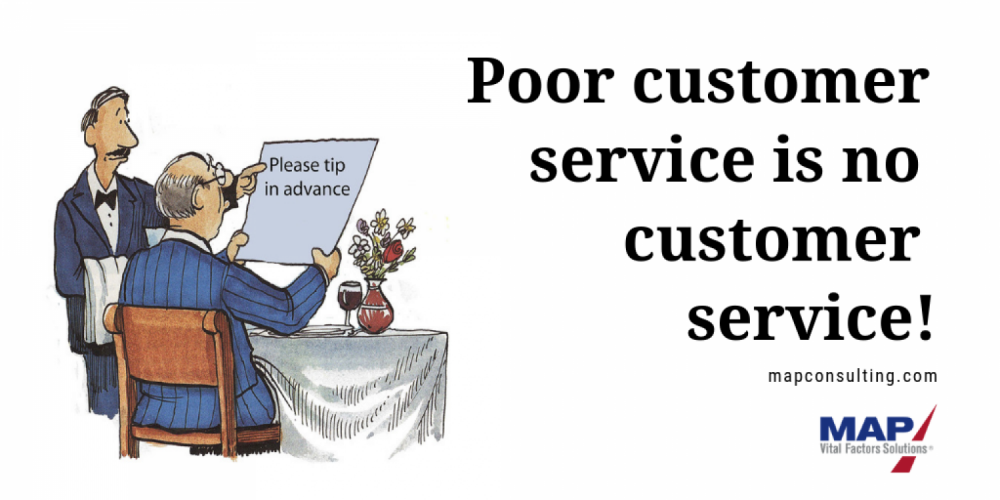From Casual to Committed
How Alignment and Engagement Can Create Positive Accountability
“If your employees don’t know where you’re going, almost any road will get them there.”
These are words that send chills through the hearts of leaders everywhere. And it’s why they work hard to develop business plans for their workforce to follow. Even the best-intentioned, savviest business plans can fail if the organization lacks consistent employee commitment. But you can’t just mandate commitment. Organizations that achieve the promise of their business plan are able to create “positive accountability” – a powerful, healthy culture that results from goal alignment and workforce engagement.
Goal alignment is a common challenge, yet its solution can be as simple as how goals are established. If developed through a process of top-down collaboration with employees, strategic imperatives will cascade to frontline behaviors, dramatically impacting an organization’s success. Effectively channeling employees’ talents boosts their productivity and job satisfaction. And satisfied employees often become high-performing, passionately engaged employees.
Workforce engagement allows organizations to tap into their employees’ discretionary efforts. However studies show that only 1 in 4 employees comes to work actively engaged, or “on purpose.” These are the individuals that find their work personally and professionally meaningful. Of course this means that 75% of employees consistently fail to execute to their full potential. More disturbing, the same studies show that almost one-third of these are actively disengaged and can undermine the engagement of others.
Clearly, addressing alignment and engagement challenges can result in significant bottom-line dividends. Consider high-performance cultures like Google and Southwest Airlines. Two unique companies in very different industries, they both sustain their competitive advantage by leveraging the commitment of their employees. They have created cultures that drive alignment and engagement to achieve their strategic goals.
The Positive Accountability Model (above) helps to illustrate four different profiles that organizations typically fall into. Specifically, it examines how varying degrees of Goal Alignment and Workforce Engagement can result in Casual, Compliant, Chaotic or Committed cultures.
The Casual Culture
Employees in the Casual Culture are unclear about how personal contributions support their organization’s success and, often, they don’t care. Most organizations struggle with disengaged employees, but Casual Cultures have more than their share. You’ll often spot the Casual Culture in the wake of a merger, acquisition or new CEO. It’s often embedded in entrepreneurial companies, fueled by passionate, egocentric leaders, rather than by calculated ones who, instead, implement collaboratively planned process discipline.
In a Casual Culture, people often do mediocre work, maybe just showing up and following bare-bones procedures. They lack passion for the organization’s mission, and often don’t understand why or how they need to achieve both personal and company goals. The Casual Culture often operates in “survival mode.”
What to do? Use consensus-building to develop and implement strategies that establish clear goals and expectations, a Vital Factors metrics-based system to inspire success, and the means to hold people accountable. Once developed, the consensus plan must cascade down through the organization, and be communicated in both word and deed.
Leadership must also leverage the strong ties created by alignment to improve engagement. When people feel that their goals and tasks have meaning, they’re more likely to provide the organization with an extra measure of accountability that leads to goal achievement.
The Compliant Culture
A Compliant Culture is clear about individual goals, but not about how these goals connect to strategic corporate outcomes. The workforce may understand the company’s direction yet remain generally disengaged, resulting in a deceptive behavior pattern of doing what’s asked but little more. This creates the “it’s not my job” syndrome, as leadership finds it hard to tap into the discretionary effort of their people. Every manager has one or two people who fall into this behavior because of their personal style but, when it’s pervasive in an organization, it’s difficult to get things done and nearly impossible to implement change.
Overcoming this major accountability barrier, most often requires effective, inspiring leaders who encourage open, honest communication. If a safe environment can be established it’s possible to reverse this dysfunctional behavior. They enable team members to understand the business rationale behind their goals and take risk in an effort to achieve them. It will empower these employees to discover the alignment between what they do daily and their company’s goals. When an employee develops positive attitudes and beliefs relative to goal achievement, their motivation to maximize their potential grows along with the passion in their commitment to company results.
The Chaotic Culture
Most employees in a Chaotic Culture are engaged but unclear about their goals. Put simply, these cultures diffuse energy and squander talent, so there’s ample activity with little to show for it. Employees have the talent and passion for greatness, but their strengths can sour if not channeled into predictable, focused behaviors. Without clear expectations, confusion reigns in the Chaotic Culture. What’s more, studies show that employees commonly fail and leave organizations simply because they don’t know or understand the expectations.
What’s needed is goal clarity, managed by a leader who sets expectations and deadlines for achieving them. To ensure employee engagement, leadership should encourage their participation in building a plan based around SMART goals – those that are Specific, Measurable, Aligned, Realistic and Time-bound. Once that’s accomplished, an effective leader must hold the team accountable through regular performance assessments and check-ins, determining what goals have been met and any corrective action that should be taken.
The Committed Culture
Engaged with a clear understanding of its goals, a Committed Culture both maximizes the potential of its employees and consistently achieve goals. It’s the healthiest of work environments – what every organization should strive to achieve. Employees work with clarity and purpose and, although they might not always meet all goals, they stay committed to an action plan to fulfill them. Because they have an understanding of what success looks and feels like, they can develop the attitudes and beliefs that release achievement drive. This provides the energy and motivation to execute with accountability.
A Committed Culture isn’t foolproof. An aligned, engaged culture must be nurtured to sustain performance standards. Regular progress reviews can ensure employees are meeting their goals and whether corrective action is necessary to stay on track.
Why strive for a Committed Culture? When your workforce is fully engaged and clear about its goals, your employees will be loyal to the core. And a loyal workforce is one that naturally inspires loyal customers – emotionally satisfied customers who refer new customers to you and generate repeat sales. An organization that develops a Committed Culture has unlocked the secret to successful plan execution and profitable growth. It has created a culture of Positive Accountability.



